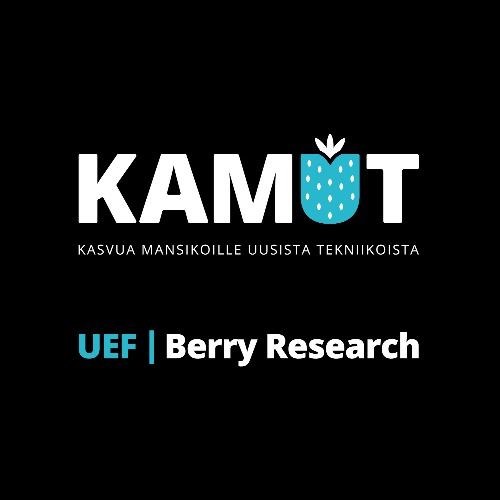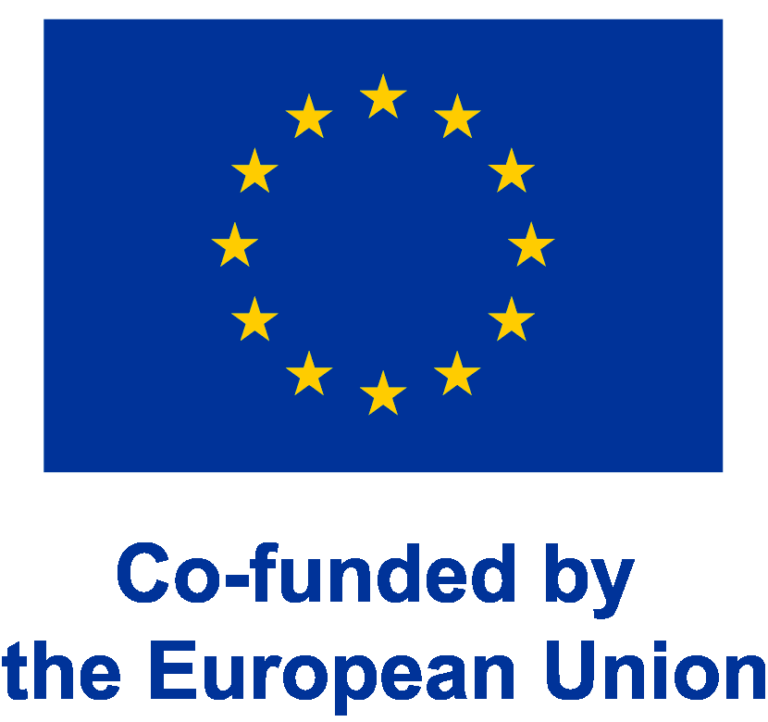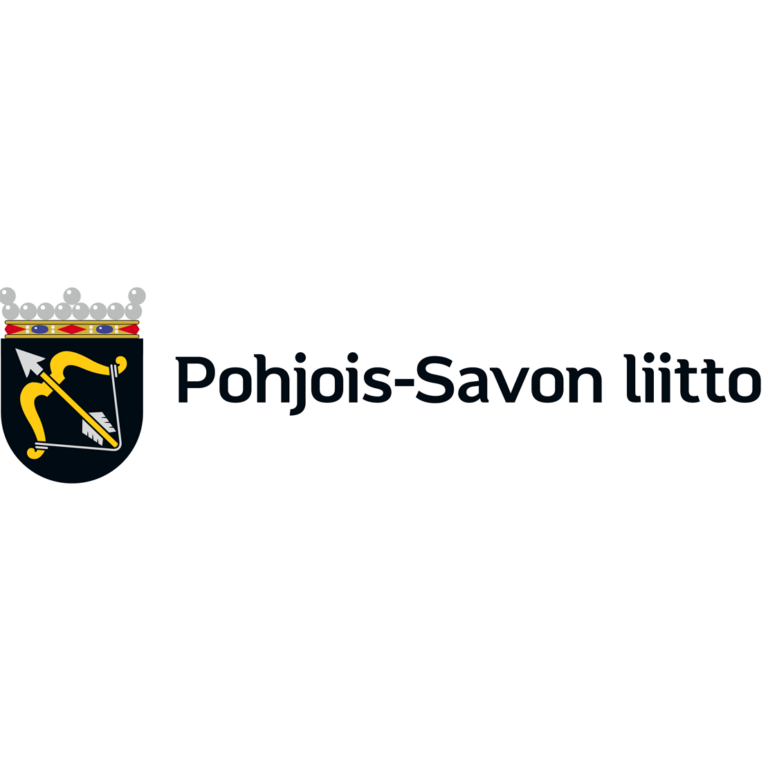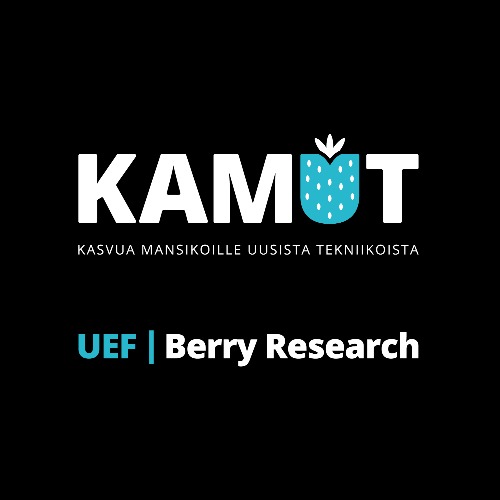
KAMUT - Growth for strawberries from new technologies
Funders
Main funder


The project is funded by Just Transition Fund (JTF). The project is implemented by University of Eastern Finland.
The target group of the project is small and medium-sized enterprises in the horticultural
sector of North Savo. The aim is to address their needs for new, ecologically sustainable
growth substrate alternatives and to develop innovative techniques, particularly for strawberry
cultivation and seedling production. Currently, strawberries are most often cultivated in open
fields but increasingly also in growth tunnels, and to a small extent in greenhouses. In tunnels,
strawberries are usually cultivated in substrate cultures, for example in cultivation boxes or bags.
In order to ensure the viability of strawberry tunnel production in the future, domestic, renewable
alternatives to the used peat substrate must be found. The project focuses on developing
and testing the suitability of growth substrates made from sphagnum moss for strawberry
cultivation. In addition to sphagnum moss, the project investigates the utilization of circular
economy materials as partial raw materials for growth substrates. The project also is piloting
resource-efficient hydroponic techniques compatible with the new growth substrates. These
techniques involve collecting and recycling excess nutrient solution from irrigation to be reused
by the plants. In addition to berry production, growth substrates, and cultivation techniques are
developed and piloted for strawberry seedling production. Seedling production is developed
based on vertical farming, where seedlings are grown indoors under LED lights in multiple
overlapping layers. This can create new business activities in the regions, simultaneously
supporting and strengthening the operating conditions of berry businesses in Eastern Finland.
There is a need for clean, disease-free strawberry seedling material both in open field farms
and in tunnels. Alongside testing new growth substrates and developing cultivation techniques,
a key objective of the project is to enhance the professional skills of berry entrepreneurs and
implement new cultivation methods in practice. The expectation is that through the project, the
berry cultivation industry in the region will diversify, and the transition to peat-free cultivation
will be managed in a more competitive manner. The project will collaborate and engage in
information dissemination and training in cooperation with the Berry Knowledge Group and the
Agri-Food Cluster of North Savo.



